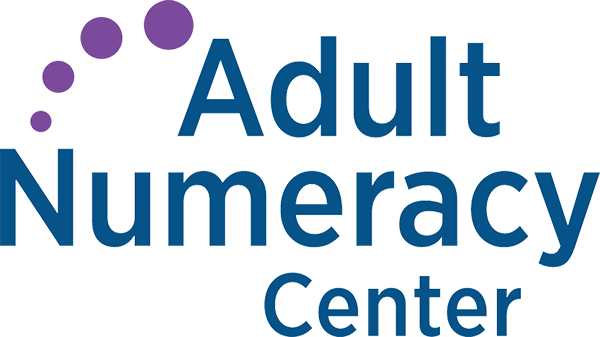Differentiating Instruction: Some Quick Adjustments for Math
by Donna Curry
Every math class, no matter how you try to ensure some homogeneity, is a mix of levels. Some students are good at decimals, others only have operations with whole numbers down pat, while some students can reason and estimate well but struggle with procedures.
So, what can you do? Nope, the answer is not to completely individualize instruction where students work independently on decontextualized skills. Instead, you still want to encourage them to work on more challenging situations, working together to persevere, and trying different strategies as they productively struggle.
But, since there is a fine line between productive struggle and frustration, especially for our adult learners, you might need to sometimes ease up a bit on a task you have given students. Here are a few quick strategies you can try to make the task a little less daunting:
Simplify Numbers. If the situation involves fractions or decimals, you may suggest that students use whole numbers instead. Or, if they are trying to work a problem that involves a more ‘messy’ large number (such as 456,780), have them use a less intimidating number such as 456,000 or even 500,000, depending on the comfort level of the student.
Limit Data/Information. Think before you ask students to choose a coupon out of a flyer or look for a specific bit of information in a chart or on a menu. Is there so much information on the page that it is overwhelming? If so, simply make a copy of the page and white out some of the information. You want to still include enough bits of data that the student will need to make some choices, but the choices could be from three or four bits of information rather than an entire page of options.
Begin with Familiar Contexts. Many of you already use this strategy when students struggle. For example, when you ask, “What is half of 7?” and students give a blank look, you probably come back with, “What is half of 7 dollars?” Students light up and often readily respond. Build on those more familiar contexts, such as money, to get students started while remembering that, ultimately, students need to tackle situations that are unfamiliar to them.
Limit Steps. If the task requires that students find information, decide on the percent off, determine the exact cost, and figure out how much change they should receive, think about how overwhelming this might feel to someone who has fragile math understanding. Think about what aspects of the task you want to be sure the student gains experience in doing and then remove some of the other steps in the task. This does not mean to always minimalize the task; rather you need to be sensitive to how many steps the task requires and whether it would benefit a student if she had fewer steps to undertake.
The point in differentiating instruction is NOT to always give students easier (or harder) tasks, but rather to adjust instruction to nudge them a bit beyond what they are capable of now without seriously overwhelming them. Not challenging students is as harmful as overwhelming them, so you want to tweak tasks as needed to have students struggle but ultimately succeed.

Donna Curry is the Director of the SABES PD Center for Mathematics and Adult Numeracy, a project managed by the staff of the Adult Numeracy Center at TERC. She has trained teachers nationally, and has taught and administered ABE classes for over 30 years.
